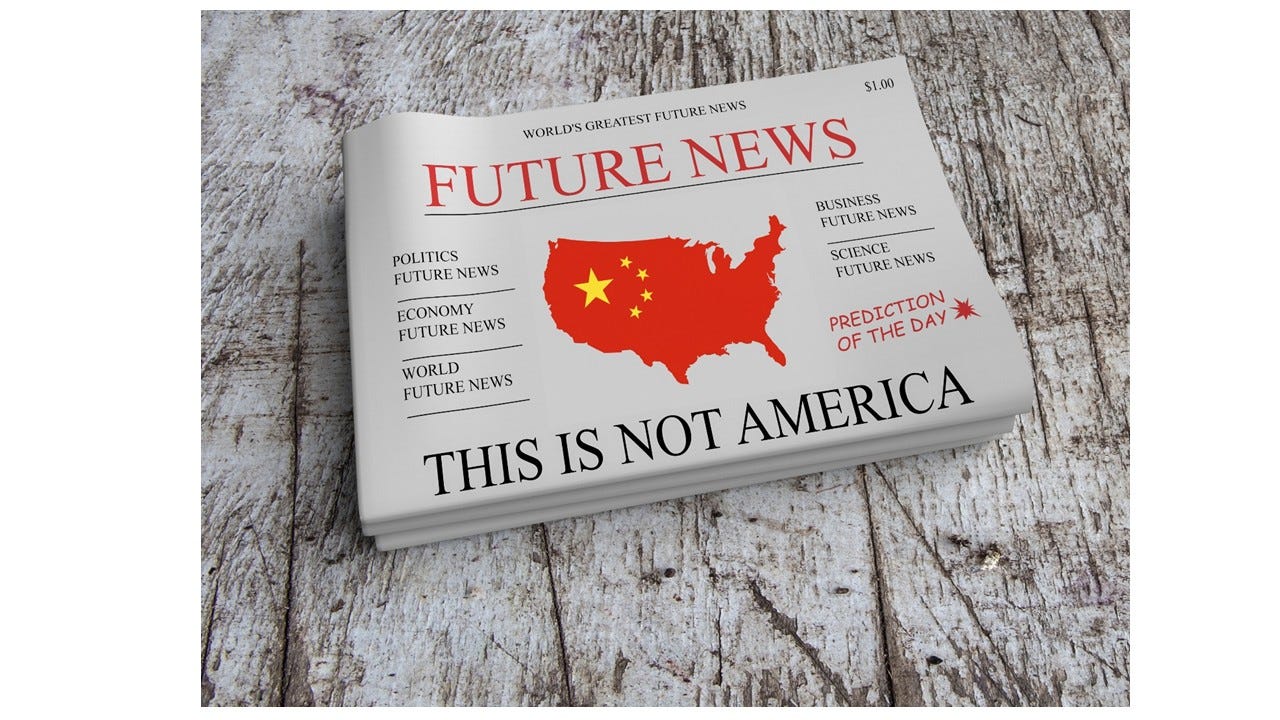Beyond the Headlines: What Executives Get Wrong About China
US-China relations have entered their most consequential period since Nixon’s diplomatic overture in the 1970s. As tensions mount over semiconductors, data, clean energy, and rare earths, many Western executives - and policymakers - continue to rely on oversimplified narratives: that Chinese state-owned enterprises dominate the economy, that Beijing controls every decision, that Chinese firms merely copy Western technology, that China’s financial system mirrors ours, or that younger Chinese workers lack ambition.
These myths distort strategic judgment at a moment when companies must assess technology exposure, supply chain vulnerabilities, capital allocation, and competitive positioning. Executives need a clearer lens to anticipate how the bilateral relationship may evolve from accommodation or ongoing tit-for-tat competition, or, less likely, outright hostility.
Each scenario implies a materially different business environment: technology standards, tariff regimes, supply chain structures, investment rules, and regulatory burdens all shift depending on geopolitical trajectory. Companies need planning assumptions for all, not just the one they prefer. But effective planning requires accurate information and that begins with retiring persistent myths that misrepresent China’s economy and society.
Myth 1: China’s Corporate Sector Is Dominated by State-Owned Enterprises
State-owned enterprises (SOEs) are visible symbols of the state and key tools of industrial policy. But the notion that they dominate the economy is outdated.
Private firms were negligible in 1990; today they generate more than half of GDP and over 80% of urban employment. Companies like Huawei, BYD, CATL, and DJI have become global leaders without being traditional SOEs. Their rise reflects entrepreneurial dynamism, albeit often supported unofficially by local governments under pressure to hit growth targets.
This “state–private symbiosis” has produced world-class companies, regulatory arbitrage, and at times corruption. Western executives cannot assume that doing business in China primarily involves navigating monolithic, centrally controlled SOEs.
So what: Competitive benchmarking, partner selection, and market-entry strategies should focus far more on private-sector capabilities, and on understanding local government incentives, than many Western firms currently do.
Myth 2: The Central Government Dictates All Economic Activity
While Beijing does set national priorities, China’s political economy is far more decentralized than many assume.
Provincial and municipal leaders control land use, industrial parks, licensing, and local finance. Their careers depend on GDP growth and social stability, creating incentives to support investment, even if it requires bending or stretching national rules. For two decades, local authorities leveraged land ownership to fuel development, driving rapid growth while institutionalizing corruption.
President Xi’s anti-corruption campaign remains enforcement-focused rather than structural. Local officials continue to balance compliance with central directives against pressure to meet local objectives.
So what: Many companies misjudge political risk by focusing exclusively on Beijing rather than the provincial or municipal level where day-to-day decisions are made.
Myth 3: China’s Financial System Resembles the West’s
China has large banks and stock markets, but the comparison ends there.
All major banks are state-controlled, directly or indirectly. Lending is often policy-driven, with the state implicitly guaranteeing the system. Equity markets require regulatory approval for listings; companies must show consistent profits, and related-party transactions are common. As a result, stock market performance is weakly correlated with economic growth.
Tight capital controls limit overseas investment, leaving housing as one of the few assets available for wealth accumulation - a factor contributing to the country’s real estate imbalances.
So what: Western firms cannot rely on traditional financial indicators, such as equity valuations, bank lending patterns, or corporate disclosures, to assess risk. On-the-ground fundamentals and political context matter more.
Myth 4: China Copies Rather Than Innovates
China’s early development relied heavily on reverse engineering and technology transfer. That era has passed.
China now leads globally in electric vehicles, batteries, solar energy, drones, robotics, fintech, and increasingly AI. Its strength lies not just in invention but in rapid iteration, commercialization, and scaling - a capability often more important than ground-up invention.
Chinese consumers accelerate this cycle. They are tech-savvy, open to experimentation, and less constrained by legacy systems, enabling companies like Meituan, Pinduoduo, and ByteDance to prototype, test, and deploy innovations at speeds Western firms rarely achieve.
So what: In many sectors, Chinese firms are no longer fast followers but front-runners shaping global standards.
Myth 5: Millennials and Gen Z Are Spoiled Only Children
The stereotype of pampered or complacent younger generations is misleading – at least in China and probably elsewhere as well.
Chinese families invest heavily in education which is often a majority of household income. Cultural norms around duty and filial piety remain powerful. In a competitive marriage market, career success and financial stability carry outsized importance.
The result is young professionals who are ambitious, entrepreneurial, and willing to work extremely hard. The “9-9-6” ethos (9 a.m. to 9 p.m., six days a week) remains deeply ingrained despite regulatory pushback.
So what: Talent strategies assuming Western-style attitudes toward work, incentives, or mobility will misfire. Chinese teams respond to different pressures, cultural expectations, and motivations.
Seeing China Clearly
The US-China relationship will likely remain the world’s most important, uncertain, and volatile geopolitical force. Executives must anchor decisions in accurate assumptions, not outdated myths, which create strategic blind spots at a moment when precision matters most. Success will go to those leaders who see China clearly - not as a caricature, but as a complex, evolving, and strategically central global economy.
References
Andrew Cainey, BUSINESS WITH CHINA: SHOULD I STAY OR SHOULD I GO?, C-Suite Speaker’s Corner, June 2023.
Keyu Jin, The New China Playbook: Beyond Socialism and Capitalism, Viking, 2023.
John Jullens and Marc Robinson, China’s Innovation Ecosystem, C-Suite China Matters, February 2023.
John Jullens and Marc Robinson, Comparative Advantage and Middle-Income Traps: Decoding the US-China Conflict, C-Suite What The Fact, July 2023.
John Jullens and Marc Robinson, Turbulence Ahead: US-China Relations in a Shifting Landscape, C-Suite Trendspotting, September 2023.



